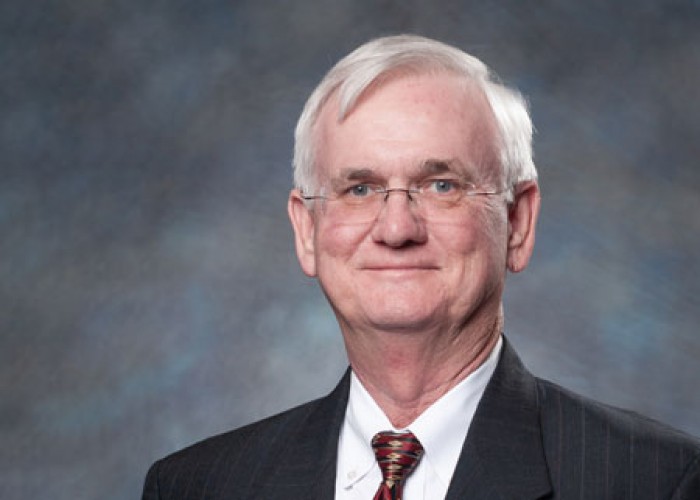Bridging the Digital Divide
Working together to bring broadband to rural areas
By Maggie WoodsWhen the pandemic sent me to work from home in March, I was lucky. At home, I had access to high-speed internet that I could afford, a quality laptop provided by my employer, and years of experience working on a computer.
Nearly 40 percent of my fellow North Carolinians, 4 million or so, are not so lucky and don’t have high‑speed internet or a computer at home. The digital divide — between those who have access to the internet and to computers and those who do not — is only increasing due to the pandemic.
There are a lot of reasons why people might not have internet at home. Approximately 246,000 households are considered underserved, meaning about 1 million people of that 4 million either don’t have access to the internet or their internet runs too slowly for them to use it.
The digital divide — between those who have access to the internet and to computers and those who do not — is only increasing due to the pandemic.
But there’s another challenge we must overcome: lack of adoption — people with access to the internet who are not subscribing to it. For some, the price of an internet connection is too expensive. Only about 50% of households making less than $20,000/year subscribe to the internet, compared to 94% of those that make $75,000 or more. Others can’t afford a device like a computer, laptop or tablet, or don’t have the digital skills (or “digital literacy”) needed to use their device effectively. North Carolina’s electric cooperatives have been in the middle of serious efforts to support their members’ access to and adoption of the internet.
My organization, the Institute for Emerging Issues, in partnership with the state’s Broadband Infrastructure Office, has developed a program called BAND-NC to equip counties to meet broadband needs and build more digitally equitable communities. Since July, with support from North Carolina’s Electric Cooperatives, Roanoke Electric Cooperative, the John M. Belk Endowment and others, we’ve funded 29 projects in 39 counties and hosted virtual workshops to support counties that want to build digital-inclusion plans. The communities we’re supporting are trying innovative approaches to address the digital divide — from creating parent academies for remote learning (at Edgecombe County Schools), to hiring a “digital navigator” to set up devices for older adults (at Rufty Holmes Senior Center in Rowan County), to developing online digital literacy courses (through Peletah Ministries in Craven County).
We’ve been impressed with the creativity of communities, but we know our work is just scratching the surface. If we can’t find a way to get families high-speed access at an affordable rate, students are going to fall further behind, adults aren’t going to have as many options for work, and health care is going to suffer. We need to solve these challenges.
Here are three things you can do to help:
1Tell us how the internet is in your area
Take the North Carolina Broadband survey. You can access the survey online by calling 919-750-0553.
2Get connected to local device refurbishers
North Carolina has two organizations that provide free or low-cost computers statewide. They also take computer donations:
Kramden Institute
kramden.org
919-293-1133
E2D
e-2-d.org
704-657-0408
3Join a local team working to close the digital divide
Visit our website for information on the BAND-NC spring grant cycle and upcoming workshops, and reach out to get connected to others in your region.
We all need to work together to solve the digital divide, and we hope you’ll join us.
About the Author
Maggie Woods is a policy and program manager at the Institute for Emerging Issues at NC State and runs the BAND-NC program. She can be reached at mjwoods2@ncsu.edu or 919-513-0803.-
More Viewpoints
-
Share this story:






